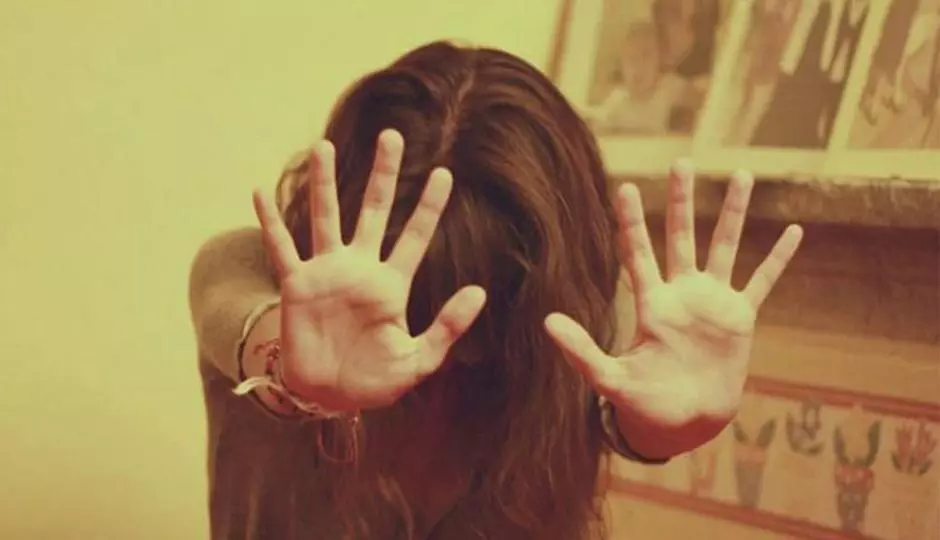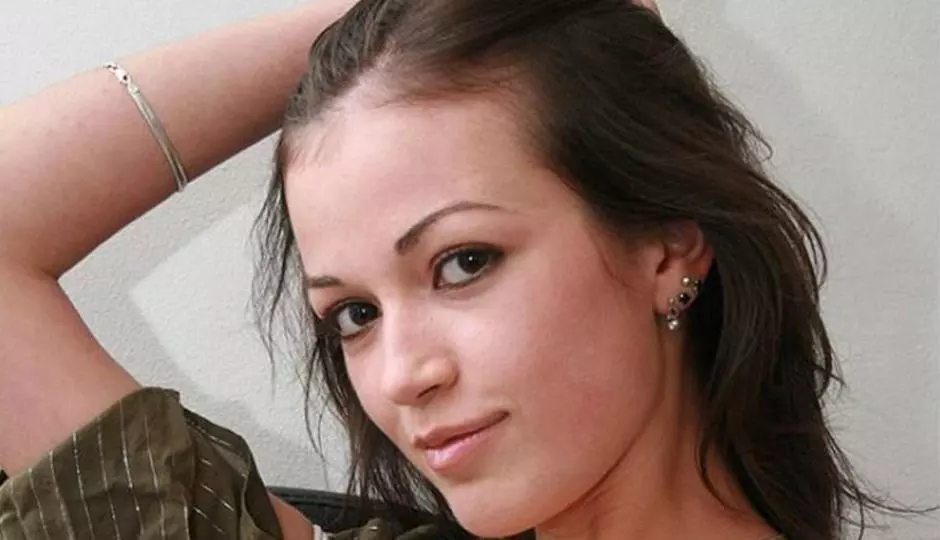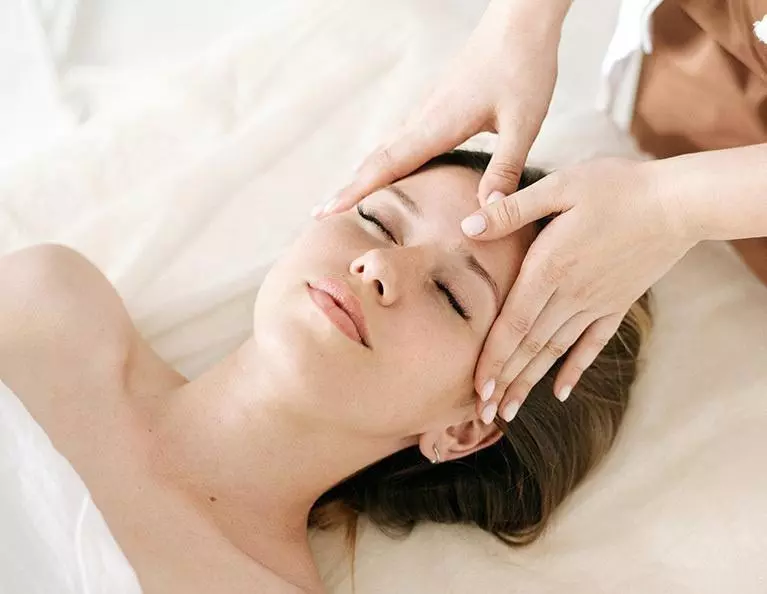This post is the third in a six-week series on Trichotillomania and Your Teen. Through education and comprehension, families can begin to address the disorder and get access to assistance and support.
You have begun to understand the condition, have reviewed the signs and symptoms, and you suspect your teen may have Trichotillomania. So, now what? Addressing the disorder with your teen can be a challenge in itself. For a parent, the condition can seem strange, unusual, and difficult to understand. For the child, there is often a sense of shame and a cycle of uncontrollable urges and guilt. Together, these confusing, tension-filled feelings can create a less-than-ideal environment for the open and supportive conversation needed unless a dedicated effort is exerted to make it so. It is important that as a parent, you prepare to discuss your concerns with your teen in a safe and understanding atmosphere in which you provide love and acceptance first and foremost. The TLC provides this fantastic guide, Tips for Parents: Getting Started, that offers a brief rundown of where to begin. We find it both inspirational and useful with bits like “remember that your child is not their hair, nor is their hair yours” and “the most damaging effect of hair pulling is not the loss of hair, it is the loss of self-esteem” along with segments on and links to coping strategies, treatment information, and even insurance insights.
A second major initial step is to inform and educate yourself. This is easier to do than it has been in the past as progress is made through research, support communities develop, and in turn, information is now more readily available. Check your local library or bookstores for written materials, explore the growing amount of information available online in articles, treatment guides, and brochures, or visit a hair specialist in your area to talk to someone one-on-one. Another great way to learn while simultaneously developing a support system is to join a support group or get involved with email groups and online forums. So much can be gained from the sharing of experiences, trials, and successes, and this is especially the case when it comes to the challenges of Trichotillomania. Developing a trusted support system, both for the teen and the family, is another important early step in tackling Trich.
Once you’ve opened the lines of communication and created a united front with your teen, your resources, and your support system, the pursuit of treatments and solutions will be a natural next step. Though research on Trich treatments has grown consistently in recent years, there is no single treatment that works for everyone and often times it is a combination of techniques and tools that makes the best custom solution for an individual. This may require some experimentation with various methods of treatment or combinations of them, but this can be a healthy healing process for your teen if approached from a positive and supportive starting place.
In the first two weeks we sought to understand Trich and review the signs and symptoms of the condition, and in the coming three weeks we will cover the treatments and solutions for the disorder, hear from others, and take an in depth look at the TLC (the Trichotillomania Learning Center). Please join us as we explore some important facets of this challenging disorder, and if you or your teen are struggling with Trichotillomania, do not hesitate to contact one of our specialists to begin your journey towards assistance and support today.
Photo credit: Chiara Cremaschi via Flickr Creative Commons







